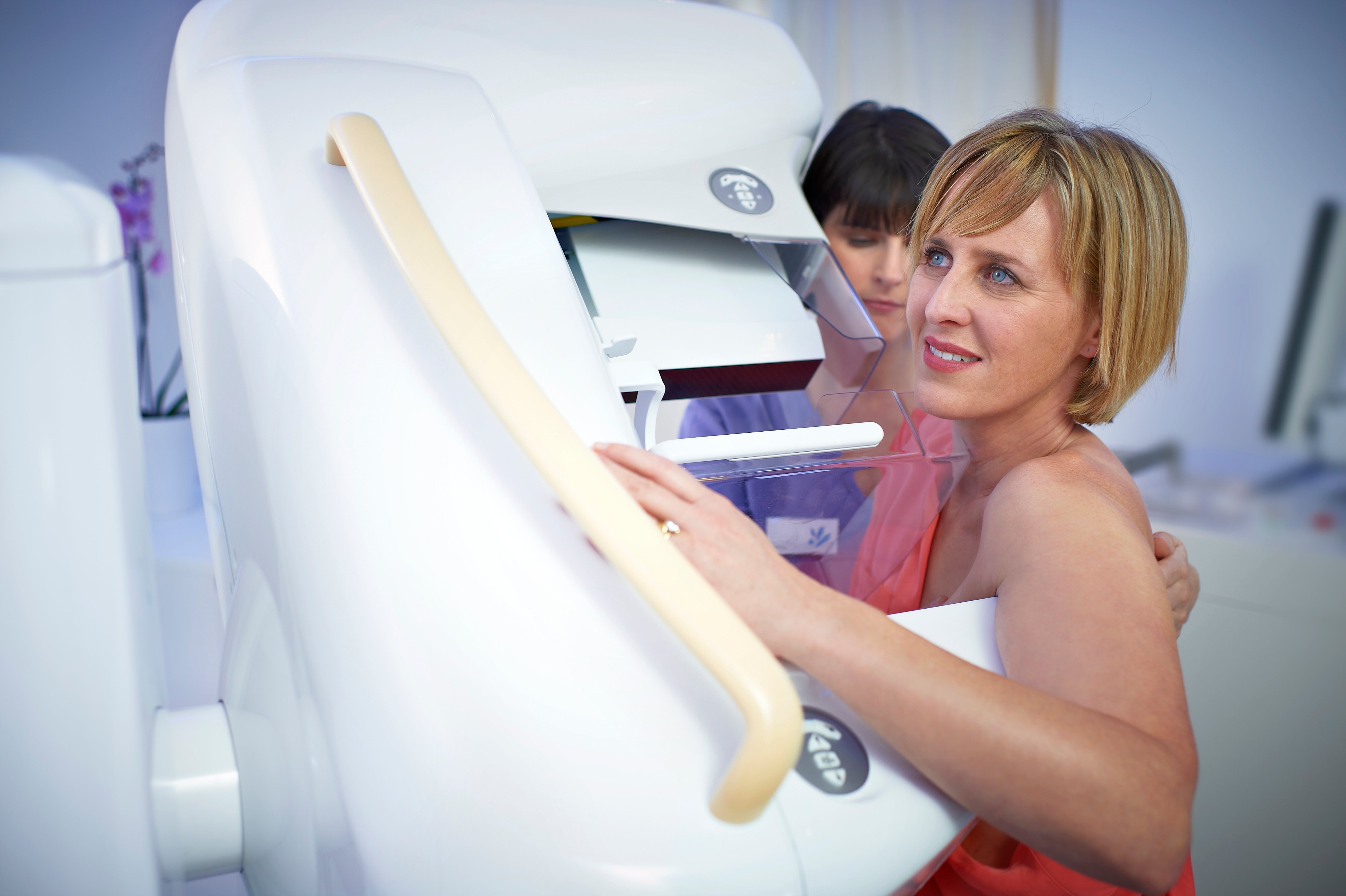
October 26, 2016 — The U.S. Food and Drug Administration (FDA) said mammograms are still the best tool for breast cancer screening in a public service page it created on its website in October. The FDA said it certifies facilities that perform mammography and it reviews and approves new mammography devices to help keep patients safe.
How Does the Test Work—and Is It Painful?
A mammogram is a low-dose X-ray picture of the breast. Getting a mammogram is the best way to find breast cancer early, because it can show breast lumps when they are too small for you or your healthcare provider to feel them.
Thermograms and nipple aspirate tests are not substitutes for mammograms. You should ask your healthcare provider when and how often you should schedule a mammogram, said Helen J. Barr, M.D., director of the Division of Mammography Quality Standards in FDA’s Center for Devices and Radiological Health (CDRH). ”Regular screening mammograms are important,” she added.
To get a mammogram, you will need to take off your shirt and bra. While standing in front of the machine, a technologist will position your breast on a small platform. A clear plastic plate will press down on your breast while the mammogram is acquired.
If you’re worried about how the procedure feels, you should know that most women do not find it painful. Some women may find the pressure on the breast uncomfortable, but it lasts for only a few seconds. “Compression of the breast is important because it helps spread out the breast tissue so it doesn’t overlap, allowing better visualization,” explained Barr.
FDA regulations require that you (the patient) receive a summary of the mammography report within 30 days after your mammogram, and that reasonable attempts to communicate the results are made sooner if the results are suspicious or highly suggestive of malignancy. If you do not receive the mammography report summary, call your provider to get your results.
As a rule, you should also call your healthcare provider if you notice any change in either of your breasts. A lump, thickening or nipple leakage, or changes in how the nipple looks can signal a potential problem.
Why Is Facility Certification Important?
The FDA, or an FDA-approved state certifying agency, certifies mammogram facilities in the United States under a law called the Mammography Quality Standards Act (MQSA). The act’s purpose is to ensure that facilities and their staff are producing quality mammograms.
“Certification is important because it indicates that a facility has met the MQSA requirements for practicing quality mammography. And a high-quality mammogram can help detect breast cancer in its earliest, most treatable stages,” said Barr.
Each mammography facility is inspected every year. During the inspection, a trained evaluator checks the facility’s equipment, staff training, and staff qualifications. Each facility also undergoes an in-depth accreditation process every three years.
To legally perform mammography, facilities must be certified. “There is a certificate that shows that the facility has been certified,” noted Barr. “Consumers should look for that certificate, which should be prominently displayed.”
What Is the Difference Between 3-D and 2-D Mammograms?
In recent years, the FDA has approved advanced mammography devices that perform 3-D digital breast tomosynthesis, a technology that creates cross-sectional (3-D) images of the breast from X-rays taken from multiple angles. These devices provide informative images of the breast tissue and are helpful in evaluating dense breast tissue. “Dense breast tissue can make cancers more difficult to find on a mammogram,” said Barr.
After conducting premarket reviews, FDA determined that there was a reasonable assurance that the new 3-D devices were safe and effective for their intended use. New breast-imaging equipment must receive an FDA approval or clearance before being marketed, said Robert Ochs, Ph.D., director of FDA’s Division of Radiological Health at CDRH.
“FDA’s approval of 3-D mammography devices was based on a review of clinical studies involving multiple radiologists and hundreds of cases,” said Ochs. “FDA also sought input on the safety and effectiveness of the devices from a panel of non-FDA clinical and technical experts.
Patients can ask their doctor if 3-D mammography or additional 3-D imaging methods, such as ultrasound or magnetic resonance imaging (MRI), are options for them. Ochs added: “The results from multiple studies show that the combination of 3-D and 2-D imaging can improve breast cancer screening for all women.”
Where Is the Closest Certified Facility?
About 8,700 certified facilities are now in operation across the country. To find a mammography facility in your area, you can search the list on FDA’s website by your zip code. The list is updated weekly.
For more information: www.fda.gov


 April 18, 2024
April 18, 2024 








